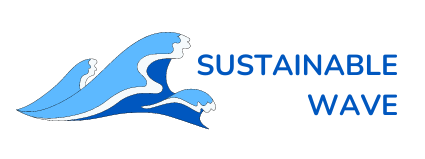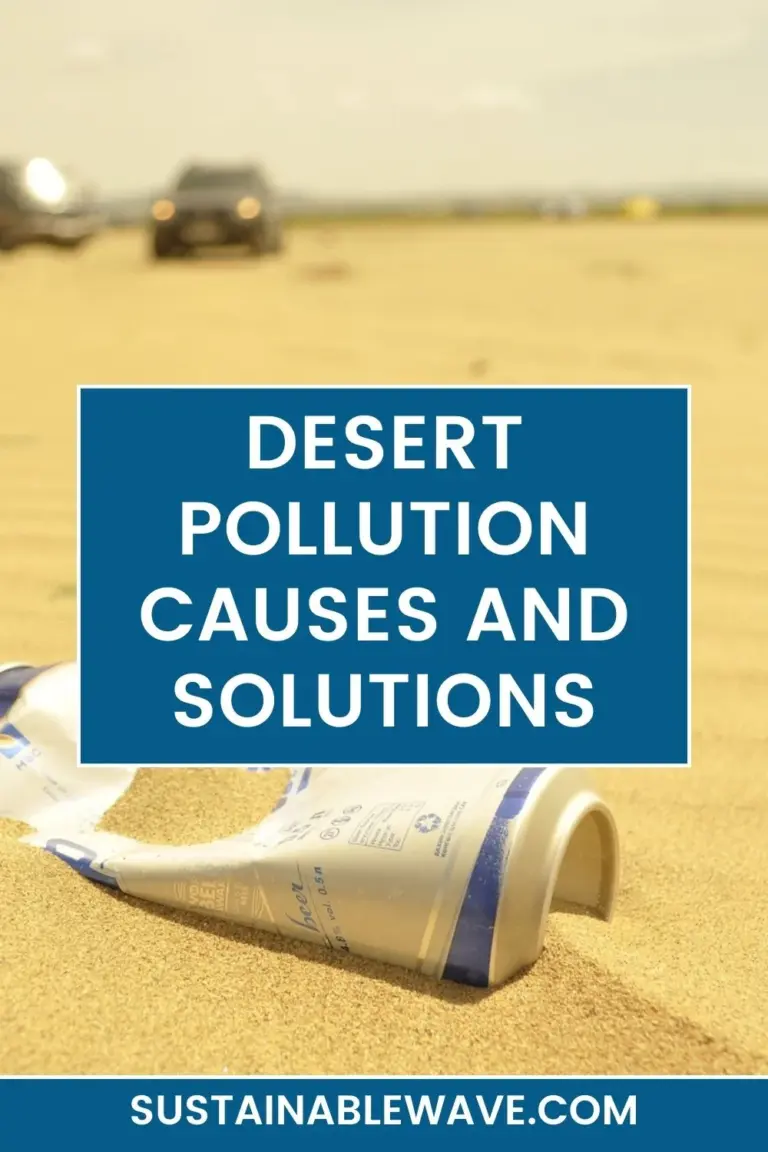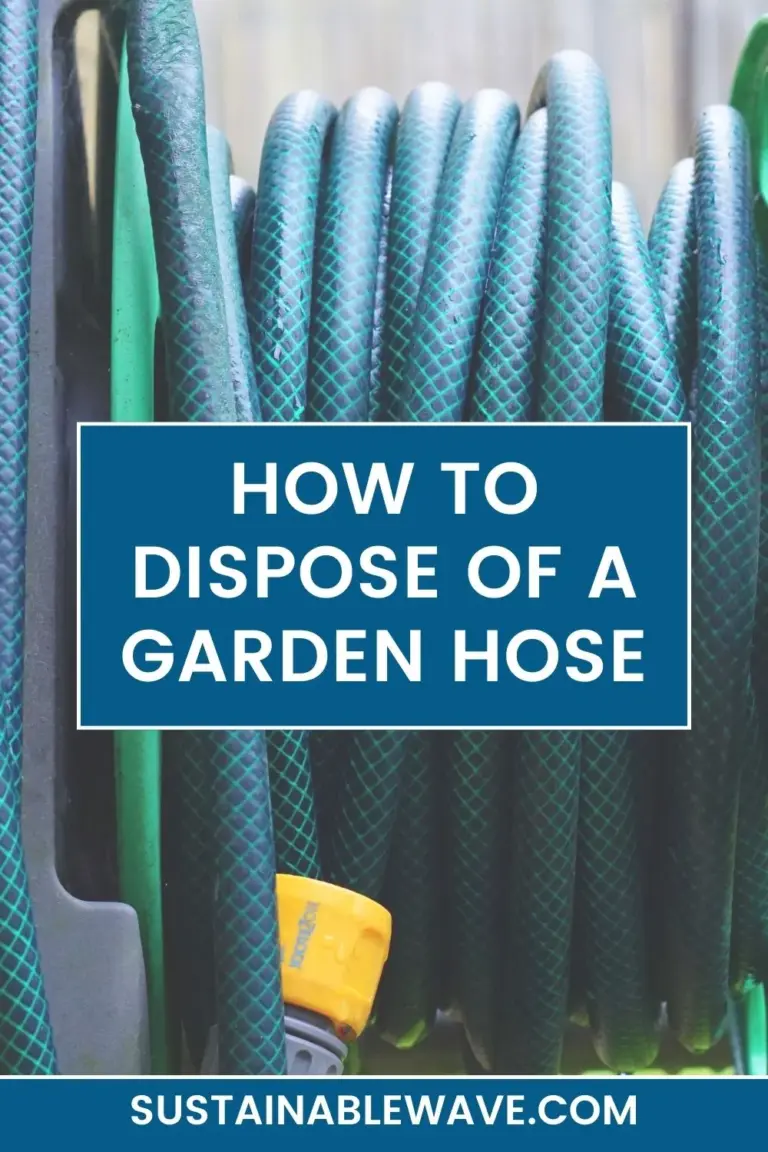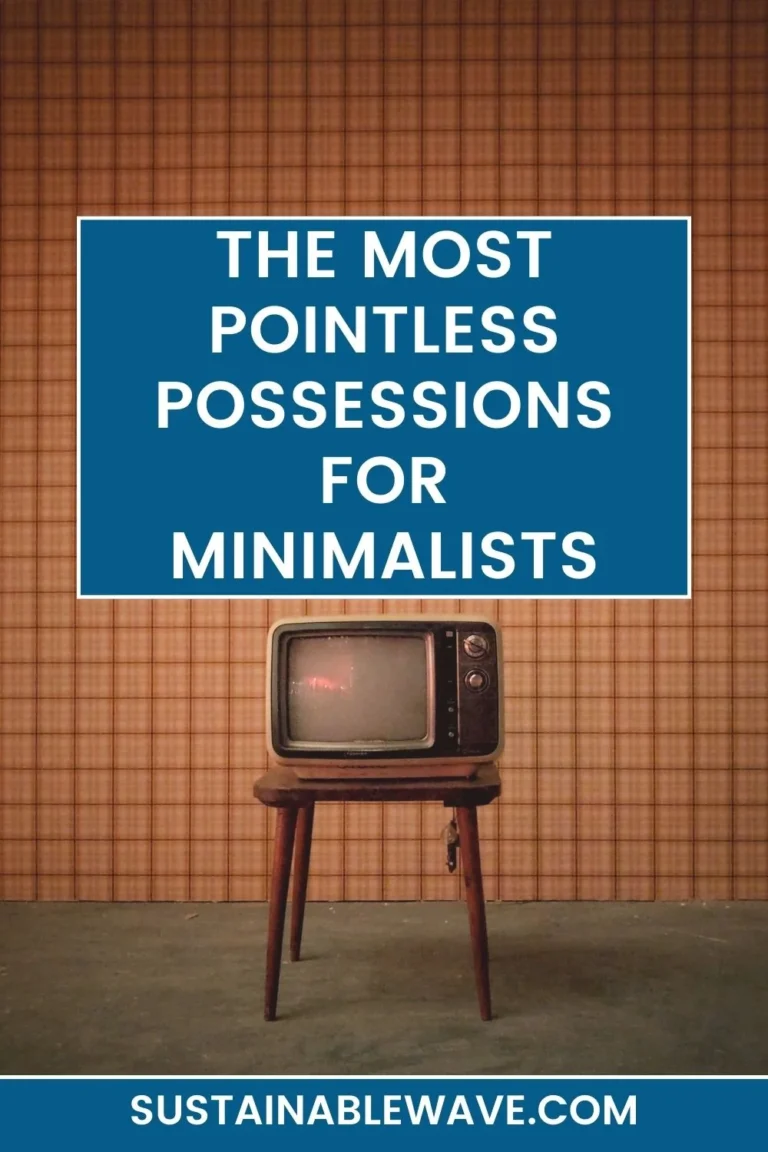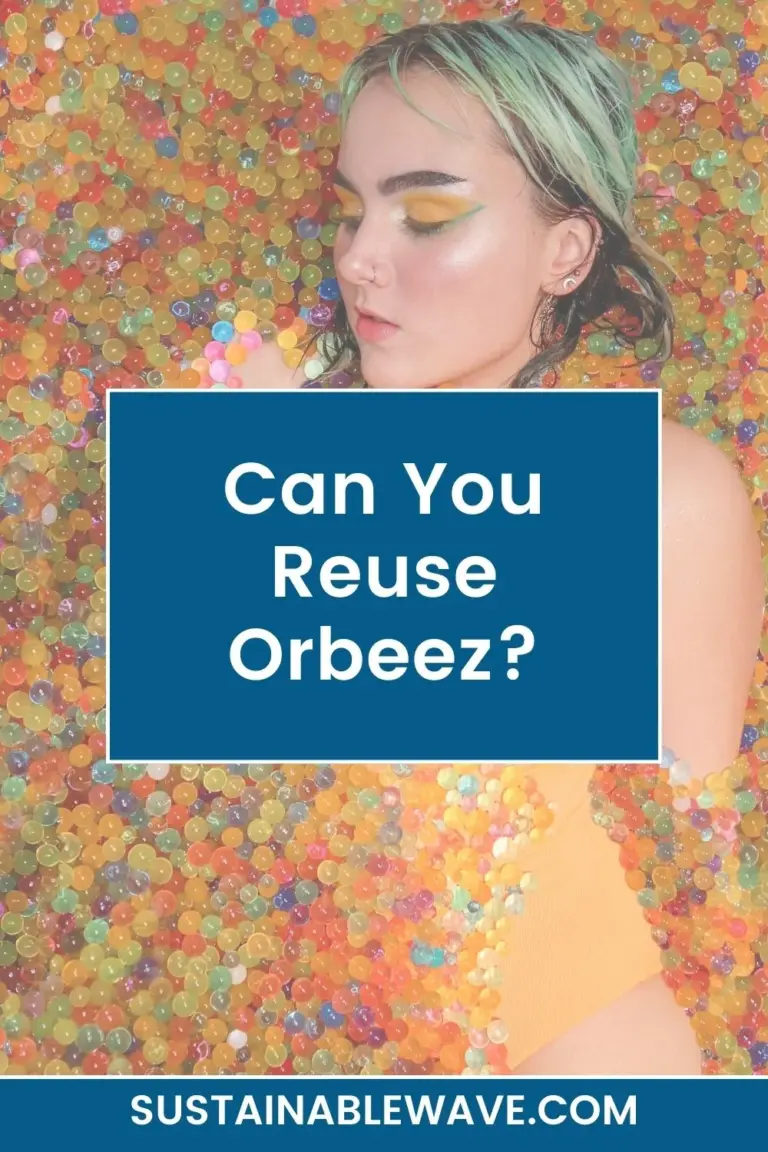Two containers painted like a meadow on a summer day stand in the empty schoolyard. However, when the doors are opened, thoughts are immediately directed towards a living room. The right container is filled with porcelain, glass, and decorative items, while the left is overflowing with sofas, bookshelves, and dining tables.
The items in the two swap containers are entirely free, and citizens from the village of Vandel in Denmark can drop by at any time to drop off or pick up used items that would otherwise have ended up in the landfill.
“In this way, we can ensure that it’s a bit greener, people can save some money, and they don’t have to drive far to get rid of things,” says Kristian Bøttkjær, the initiator behind the swap container.
He got the idea when Vandel was named Vejle Municipality’s first Climate Village in 2021. The purpose of the project was quite simple: to reduce the city’s CO2 emissions as much as possible. However, how this was to be achieved was entirely up to the citizens themselves.
Kristian Bøttkjær saw an opportunity to try things that could help both himself and his fellow citizens make more climate-friendly choices.
“We’re often told that we need to be greener and do something for the green transition. I thought that if we started somewhere, we could see if we could do something extra. My extra was that I had the capacity for this, and I thought it would be fun to try”, he says.
The schoolyard and swap container are framed by the three-winged former school, which under the new name ‘Futurum’ now forms the framework for a climate hub in the village.
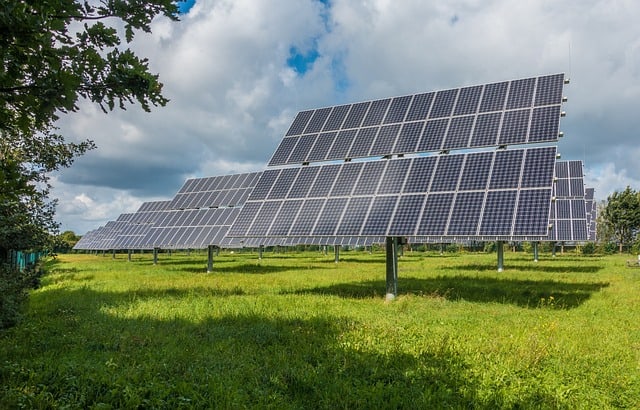
In one of the school’s former classrooms, Kristian Bøttkjær, along with a fellow citizen, has also opened a repair café. Here, neighbors in Vandel can drop by with broken belongings in need of a loving touch, a service Kristian Bøttkjær offers.
He finds that people respond well to the many small initiatives at Futurum.
“All this climate stuff becomes very fluffy nowadays. But if you can do some things that can help change people’s mindset, I think that’s a good place to start”.
A report by Rambøll, conducted with the project, shows that the vast majority in Vandel think about reducing their waste, among other things, by repairing and buying used.
The project with Vandel as a Climate Village concluded on March 1st this year. During the project’s two and a half years, the village has reduced CO2 emissions by 30 percent per year for an average household, according to the Rambøll report, which does not include holiday travel and public consumption, including from the school.
Thyge Havgaard Bjerring (V), chairman of the Committee for Local Communities and Direct Democracy in Vejle Municipality, is pleased with the results.
“We haven’t dreamt of any exact figures, but overall, it’s been a success that the number has decreased. It’s also the citizens and Vandel themselves who have driven a large part of it”, he says.
This is also how it should proceed when the project continues without the municipality, or if they want to spread the ideas to other cities.
“Without local engagement, nothing really succeeds. So, it’s clear that it has to come from the local community,” says Thyge Havgaard Bjerring.
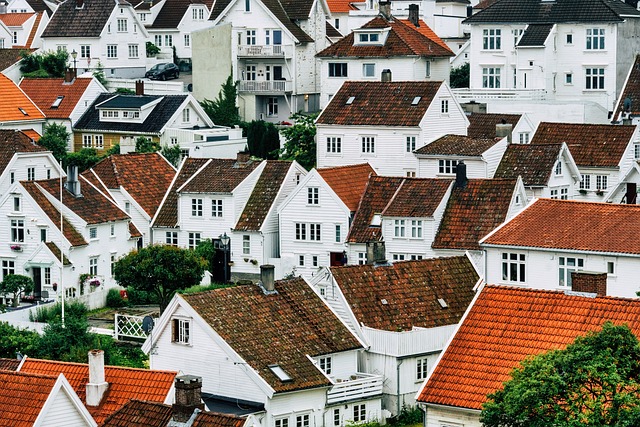
The city has seen the biggest reductions in CO2 by changing transport habits and switching to district heating, according to the Rambøll report.
Pushing Each Other’s Habits Continuing from the repair café leads to one of the school’s old communal rooms.
The shelf along the end wall is overflowing with board games and puzzles for all ages. With her arms full of games, stands Annette Plougstrup-Petersen, who lives outside Vandel. She visits ‘Futurum’ regularly.
She has become more aware of her own climate habits as a result of the project.
“I find it really interesting how we can reduce many of these things and give items a new life. That’s the direction we need to go. We all need to look at the world in a new way, in terms of making things last longer and reducing all that consumption”, she says.
Kristian Bøttkjær believes that because the village has been united in the project, they have also helped push each other in a more climate-friendly direction.
“I think it’s easier to get people involved because you can reach out to people more quickly. Citizens can more easily push each other because they can see the direction to go.”
Eager to Continue Therefore, the initiatives at ‘Futurum’ will continue, even though the Climate Village project has ended.
“So many are happy to be up here, and so many use the facilities. The Climate Village made us more aware, but it also makes us eager to continue”, says Kristian Bøttkjær.
“As long as people think it’s fun to participate, I’m also willing to do it”, he says.
I’m Thomas, the owner of SustainableWave. Passionately promoting a sustainable planet. With experience in various eco-roles, I’ll share green tips, sustainability hacks, and personal eco-journeys on my blog.
